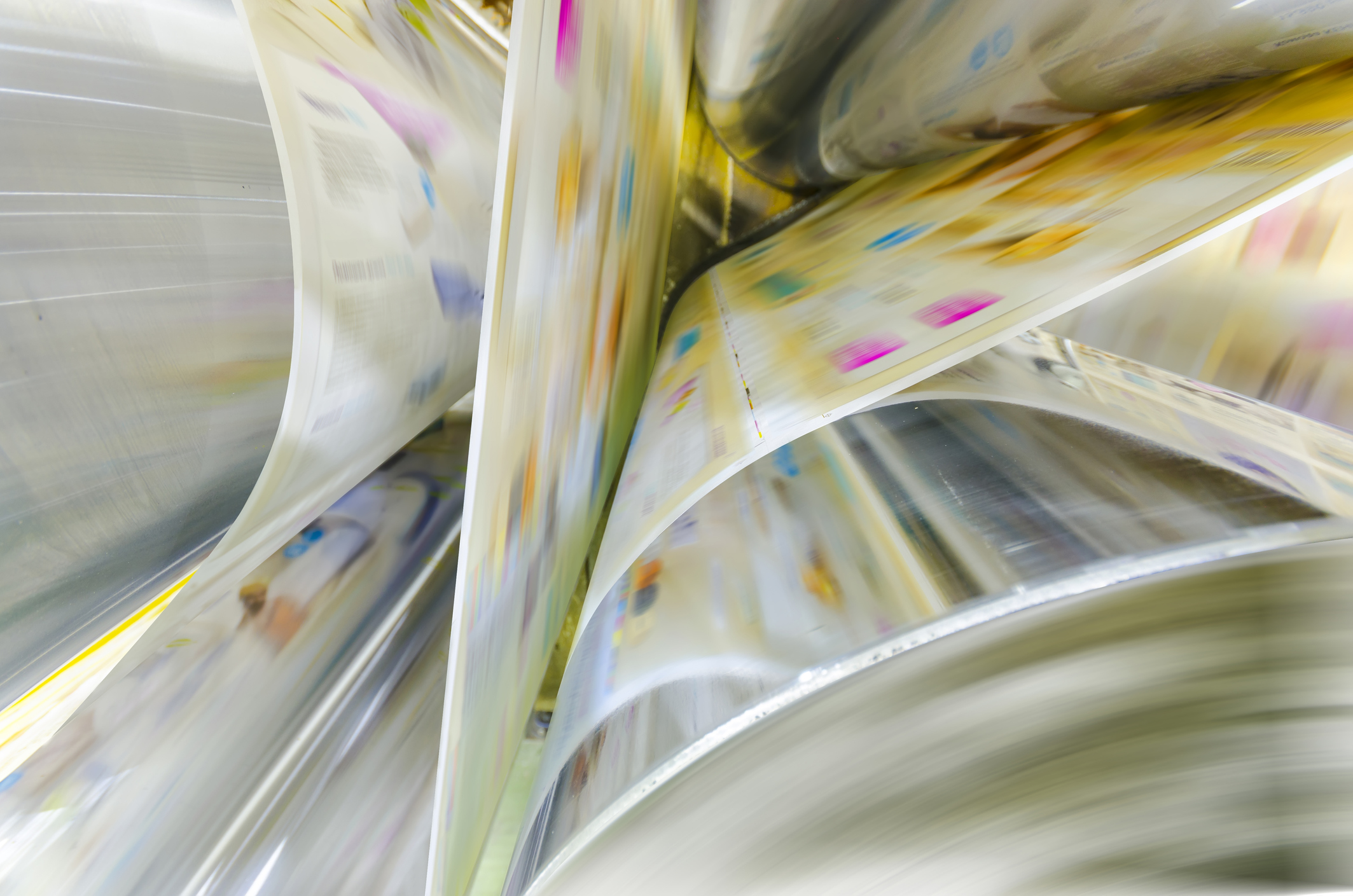
06 Sep How to Decide: Offset Printing vs Digital Printing
If you are currently in the middle of deciding on how to outsource your printing projects, then you may well be wondering what your options are. The terms Offset Printing and Digital Printing could seem like alien concepts at this point in time. However, they are well known in printing circles. They are the names given to the two main printing options that dominate the commercial printing world. Both have a beautiful finish, yet they achieve very different results. Bayside Printing is an expert professional at both these types of printing solutions. They will sit in consultation with you to help you decide which option is best for your needs. But, to help you put into context your options, we have detailed below the difference between offset printing and digital printing to get you thinking. You will gain a better understanding of the printing types and how hiring a printing company can help you achieve your goals.
What is Offset Printing
Offset printing, or as it is otherwise called litho printing or offset lithography, is a old, traditional form of printing that is rather technical in nature. To perform offset printing, the printing company transfers images onto a rubber blanket by using wet ink and specially laser-cut metal plates. The image is then pressed onto the paper or the printing surface that is required.
What are the Advantages of Offset Printing
Offset printing is extremely useful when it comes to producing high-volume printing runs. The larger the job, the more cost-effective offset printing becomes. This is due to the fact that there is less ink needed, and the printing speed can be increased. You simply have less to set up between printing runs. It is great when you have a project which requires you to produce more than 2,000 copies. So if this is something that you are after, offset printing could be the solution you are after. Also, due to the way that offset printing is conducted, it is possible to print your pattern, image, etc., in any color pallette on pretty much any surface material you desire, with superb consistency. Meaning every print is of high quality.
What are the Disadvantages
Offset printing can be a very time-consuming method of printing. Due to the way it is set up, via the metal plates, it can be rather involved. That is why it is generally reserved for large volumes of printing material. Otherwise, it can prove very expensive.
What is Digital Printing
Digital printing is more or less what it says on the tin. You use an electronic file when printing. To do this, it utilizes a heating process, where drums are used to apply toner onto the paper. It basically fuses the ink into the paper by using the generated heat in a synergetic process. The result of which is a durable print that has crisp, sharp edges and is a very clean cut.
What are the Advantages
The process is far less intensive than offset printing and is great for small-scale print runs. There is hardly any setup required, so you can almost literary hit a button and hey-presto! This means that it offers a quick, and efficient turnaround. It is very cost-effective on short runs and it is easy to personalize too by applying relevant reference data onto the electronic file when and where necessary.
What are the Disadvantages
In terms of printing material and color, digital printing is far less flexible than its offset counterpart. It does not have the capability to incorporate customer colors anywhere near as consistently, especially if you have a larger volume run. In addition, it does not print well on many different materials. If you have a longer run, digital printing can prove more expensive too, and you will not get the kind of quality you would desire.
What Types of Jobs Require Offset or Digital Printing
Clearly, the first consideration you need to make is the number of prints you require. If it is over 2,000-3,000, then offset printing could be the solution you need. It does not matter whether you are printing holiday postcards or holiday catalogs, what matters is the number of times you want these reproduced. If your holiday catalog is a mere ten pages, for example, consider that this includes ten pages of either single or double-sided copy. That means it requires ten or twenty different pages to print each individual entity.
Whatever your project, Bayside Printing can produce the results you are looking for.



Sorry, the comment form is closed at this time.